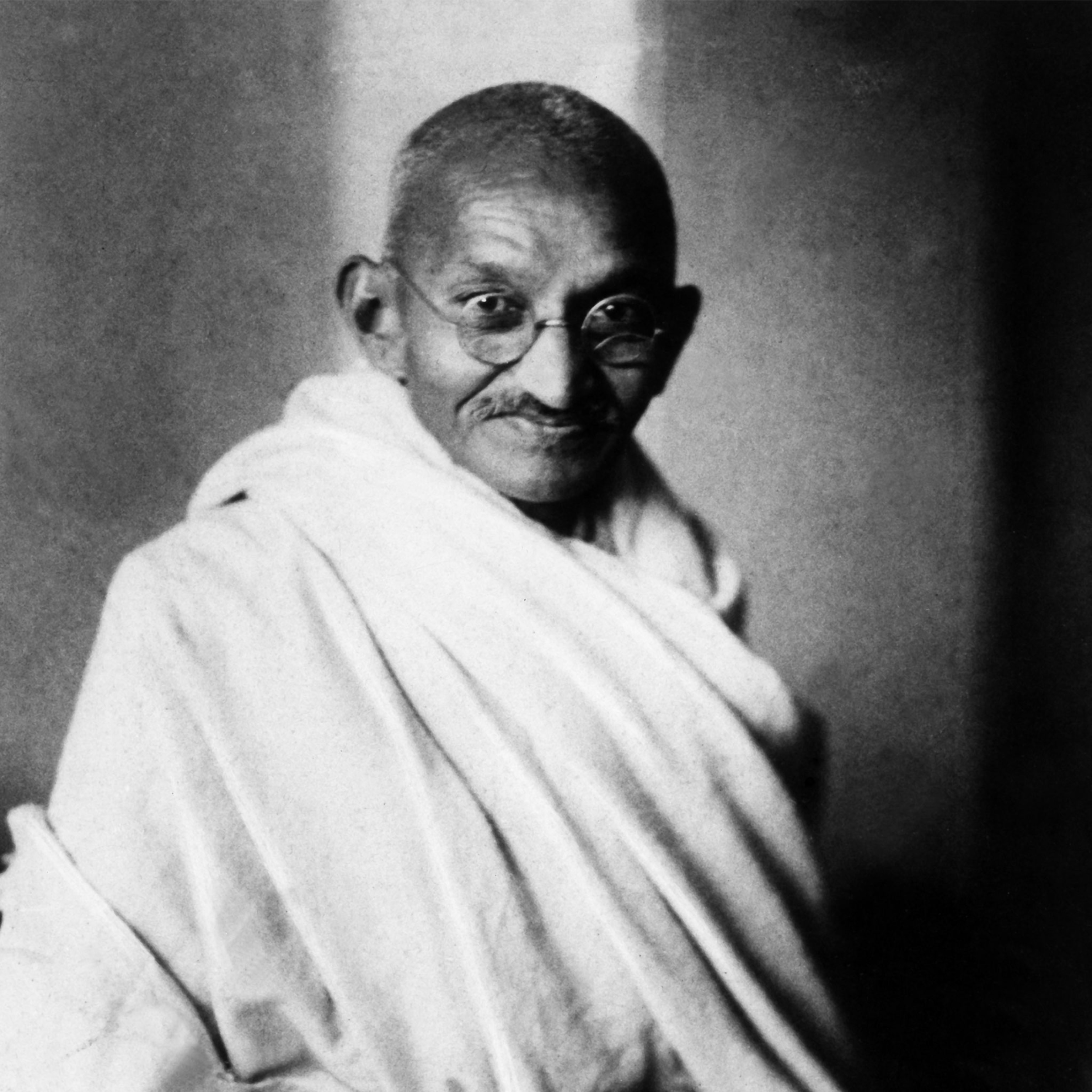
Digging Up Ads From WWII—When They Pushed Products No One Could Buy
During World War II, companies stayed in the public eye by advertising products—often with the government's help—that weren't available to civilians.
In the May 1944 issue of National Geographic, an advertisement shows a U.S. military officer in a dark war room, using a Bell & Howell Filmo projector, instructing troops on "How to STOP a Tank."
"There aren't any Filmo Cameras and Projectors for personal movie making just now," the ad copy reads, "but our postwar products will be well worth waiting for."
After Japanese planes attacked Pearl Harbor, on December 7, 1941—73 years ago today—the United States entered World War II and quickly launched a federal rationing program to support its troops. Government-enforced rationing meant that Americans could buy only limited supplies of common products like shoes, cars, and certain processed foods.
(Inside America’s Shocking WWII Propaganda Machine)
What it also meant was that some products—like Filmo cameras and projectors—were completely removed from the civilian economy.
But that didn't stop major companies from advertising their wares. On the contrary, firms like Bell Telephone System and General Motors published newspaper and magazine ads for many wartime products and services that Americans couldn't buy or use.
Why advertise something you couldn't sell? According to Inger Stole, a communications professor at the University of Illinois at Urbana-Champaign, companies advertised these products to "keep their brand names in the public consciousness. They knew that once the war was over, it was very, very important that the public [not forget] the brand names."
The ads also portrayed the companies' involvement in the war effort as a patriotic—rather than a profit-driven—act.
This period of marketing, which began just two months after the U.S. entered WWII, was part of an unprecedented collaboration between advertisers and the U.S. government.

Finding Common Cause
"The tire crisis is still acute, of course, and you must conserve the tires you have," read a General Tire advertisement in May 1944.
The ad featured a U.S. military officer leaning on a white picket fence, gazing longingly at a young woman (who is presumably waiting for him on the home front). The ad didn't encourage readers to buy the company's tires, but it did advise them to "BUY MORE WAR BONDS."
"WWII involved a mobilization and cooperation between government and major corporations on an unprecedented level," says Daniel Horowitz, an emeritus professor of American studies at Smith College. It also promoted the "sense, widespread in the population, that this was a good war; that sacrifice was important; that we were all in this together."
In February 1942, the U.S. government wanted to encourage Americans to ration commodities, donate goods, and buy war bonds. To market the idea of nationwide sacrifice to the public, the U.S. established the War Advertising Council.
"The industry was, as you might imagine, super happy," says Stole. "Here you have a period when you have very little to sell; you're worrying about ... your brand name, [but you're also trying to] appear patriotic [at a time when] the public might look at anything you did as self-promoting. So ... the Advertising Council managed to orchestrate all these campaigns that the government wanted."
Participation in the War Advertising Council was voluntary, and companies didn't receive direct compensation for it. But many joined up when they saw what a good deal it was. Corporations could deduct portions of their ad costs from their taxable incomes, for instance, which meant that the government might pay up to 80 percent of companies' advertising bills—regardless of whether they had anything to sell.
Another reason companies participated was to improve their public image after the Great Depression.
"During the 1930s, business was viewed in a very bad light," says Lawrence Glickman, a history professor at Cornell University. "And during WWII, business took this opportunity to once again be seen as the patriotic engine of the American economy—rather than the greedy bastards who caused the Great Depression, which is how they were often viewed during the [preceding] period."

Selling a Postwar Dream
Yet another reason companies ran ads for goods and services that the public couldn't buy or use was to be well positioned at war's end, when an Allied victory was expected to usher in a new era of prosperity.
For many Americans, it was hard to imagine a thriving postwar economy after a decade-long depression and several years of obligatory wartime rationing. This gave companies all the more reason to assure consumers that a booming postwar economy was just over the horizon.
In 1944, Minneapolis Honeywell Temperature Controls hoped National Geographic readers would buy a booklet called "Heating and Air Conditioning the Postwar Home," which explained "how your present heating system, after the war, can furnish a uniform and continuous supply of heat."
The booklet promised to teach readers—after they'd cashed in their war bonds to buy Minneapolis Honeywell's product, of course—how to maintain their "bedrooms ... at 68 degrees, living rooms at 72 degrees, your built-in garage at 50 degrees, and so on."
As for a Bell Telephone ad that said the company had temporarily stopped making telephones for civilian use, Glickman says, "Why would a phone company advertise themselves when they weren't able to put phones in individual homes? Well, they're doing it because they want Americans to think well of them ... and because they're anticipating a [time] when people will rely on big businesses again.
"Companies wanted the war to be seen not just as a victory for the United States and freedom, but also for free enterprise."
Correction: This article was updated on December 16, 2016 to correctly reflect the formation of the War Advertising Council.







